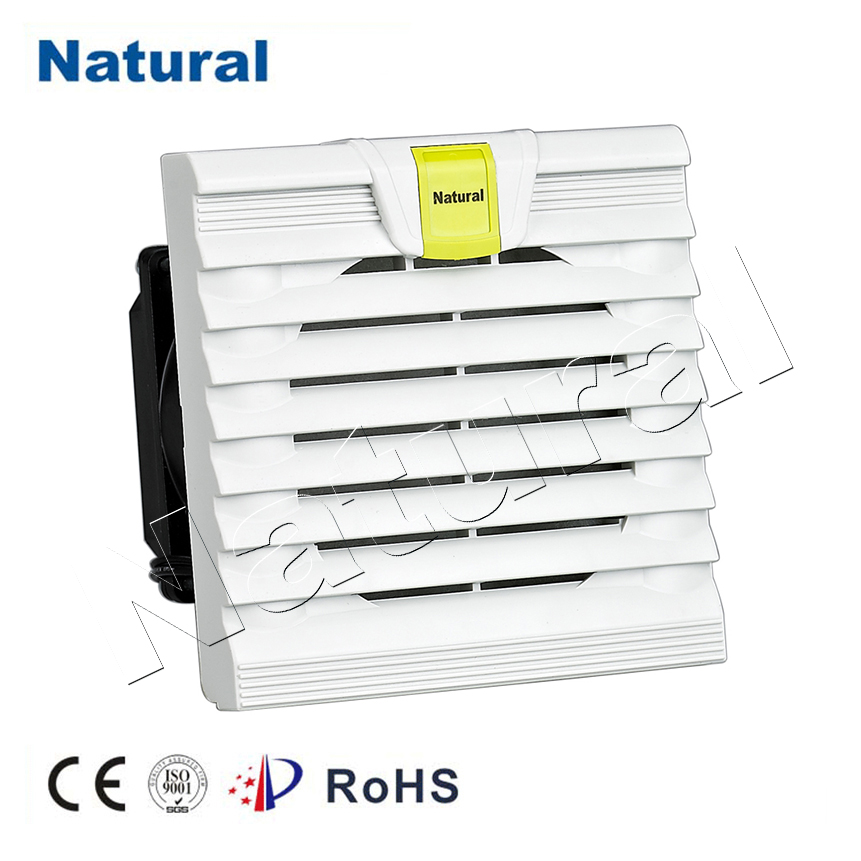Cabinet Filter: A Vital Component of Air Purification Systems

Air quality is a crucial aspect of our everyday lives, impacting our health and overall well-being. With the increasing concerns about pollution and allergens, the demand for effective air purification systems has risen dramatically. One essential element of these systems is the cabinet filter. In this article, we will delve into the world of cabinet filters, exploring their function, types, and importance in maintaining clean and healthy indoor air. Understanding Cabinet Filters Cabinet filters, also known as HVAC (Heating, Ventilation, and Air Conditioning) filters, are an integral part of air purification systems. These filters play a significant role in removing contaminants from the air, ensuring that the air we breathe is free from harmful particles, such as dust, pollen, pet dander, mold spores, and even some bacteria and viruses. The Function of Cabinet Filters Cabinet filters operate on a simple principle: they capture and trap airborne particles as air passes through them. The filter medium consists of a dense material with microscopic pores that allow air to pass through while trapping particles. The efficiency of a cabinet filter is measured in terms of its MERV (Minimum Efficiency Reporting Value) rating. Filters with higher MERV ratings can capture smaller particles and provide better air quality. Types of Cabinet Filters There are various types of cabinet filters available on the market, each with its own set of advantages and ideal applications: Fiberglass Filters: These filters are cost-effective and have a relatively low MERV rating. They are suitable for capturing larger particles but may not be as effective against smaller contaminants. Pleated Filters: Pleated filters have a larger surface area due to their folded design, making them more efficient at capturing smaller particles. They are a popular choice for residential and commercial applications. HEPA Filters: High Efficiency Particulate Air (HEPA) filters are among the most efficient filters available. They can capture particles as small as 0.3 microns in size, including most allergens and pathogens. HEPA filters are commonly used in hospitals and cleanrooms. Activated Carbon Filters: These filters are excellent at removing odors and gases from the air. They are often used in air purifiers designed to eliminate smoke, cooking odors, and volatile organic compounds (VOCs). Importance of Regular Maintenance Cabinet filters, like any other component, require regular maintenance to function optimally. Neglecting filter replacement or cleaning can lead to reduced air quality and decreased system efficiency. It is advisable to follow the manufacturer’s recommendations for filter replacement intervals and to inspect the filter periodically. Conclusion Cabinet filters are an essential part of air purification systems, working quietly in the background to ensure that the air we breathe is clean and healthy. Understanding the different types of cabinet filters and their functions can help you make informed decisions when selecting and maintaining your air purification system. With proper care and maintenance, cabinet filters contribute significantly to creating a healthier indoor environment for you and your loved ones.